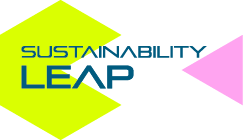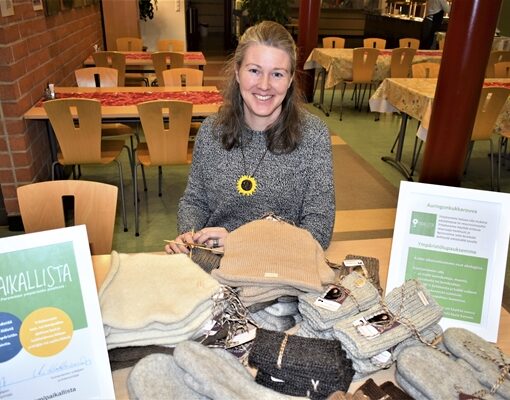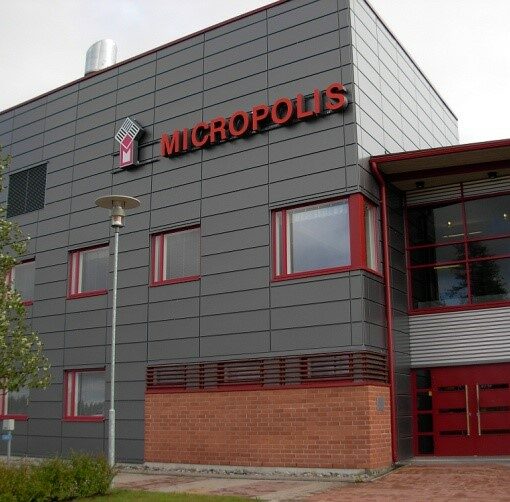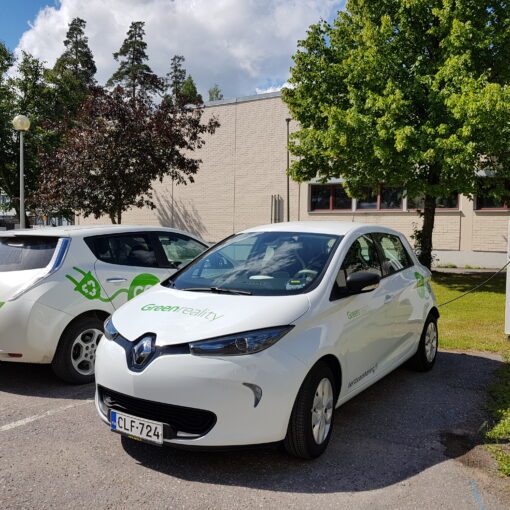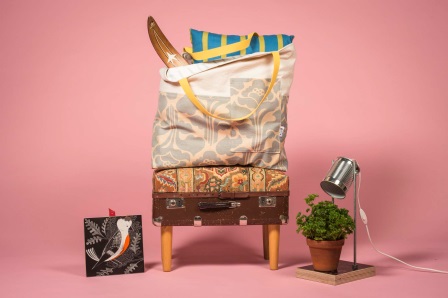The Need
While the world is investing unprecedented efforts to stir the wheels of the current economy into a more circular and sustainable one, the reality hits hard when the current status is predominantly linear.
The fashion industry is not exempt from that model, presently utilizing resources to create products with a very short life span that gets burned or buried at the end of their cycle.
The significant environmental impacts of the industry associated with virgin material production are far away from being solved in the short term. An estimate of USD 100 billion in materials is lost within the sector. Only 1% is recycled, the other 99% can be translated as a truckful of clothes every second being disposed of in a landfill.
Even with the current efforts and trends tackling the fast fashion impacts, the global demand is still growing and is estimated to triplicate by 2050.
TeeMill
Inspired by the situation, TeeMill, a UK-based company is tackling the massive demand currently existing for t-shirts.
As described by the Ellen MacArthur Foundation: “Teemill is a tech-based fashion business that takes a more holistic view of the fashion industry, designing out waste at each step of the material supply chain, applying disruptive technology to minimize overstocking, and maximize material recycling.
How they do it
Organic Cotton farming
The first step towards a circular fashion system is the GOTS certified organic farming. This means no chemical fertilizers, rainwater-based irrigation systems, and other regenerative techniques like co-planting, insect traps, and cow manure, that enhance the natural ecosystem instead of degrading it.

Processing
When harvested, the cotton is transported by trucks or camels to the mills. Here, the raw materials are separated into cotton, seeds, and petals. The seeds are later squeezed to produce oils sold for food production, and the remaining solids are sold for cattle feedstock, creating extra value and returning nutrients to the natural systems.
Transportation and factory energy needs, in India and the UK, are supplied with renewable energy sources. Wind and solar energy are used in the mill while renewable fuels are for transportation.
Water treatment
Using reverse osmosis and distillation, wastewater is recovered, cleaned, and recirculated into the system reaching up to 95% efficiency in the recovery process. Salt is added back so that the dye adheres, and the remaining solid waste is repurposed as a road making material.
Material Flow
The production process has been vertically integrated; the spinning, dye, waving, cut, and sew, which allows for cost-saving and thus a reinvestment in the facilities creating a 21st-century facility with optimal working conditions.

Real-time manufacturing
The technology used at TeeMill allows them to print on demand, in real-time, customer designed. This minimizes overproduction, which in 2018 reached 30% for the industry worldwide.

Smart designing
What puts TeeMill above its competitors is its capacity to re-manufacture the t-shirts. By using pure products (100% cotton) and offering a reward on the following purchase for every product returned, the company re-utilizes the worn-out t-shirts to produce a new one.
The cycle has no limits.
“By rewarding people for keeping the material flowing, we’re changing the way people think about their wardrobe. Rather than waste, they see assets, and then some really interesting stuff starts to happen. Because our customer is also our supplier, everybody is rewarded for keeping the material flowing”
– Mart Drake-Night, co-Founder
Packaging
One of the biggest challenges faced by the world today is the number of plastics used at any given level. To tackle this challenge and following its principles, TeeMill uses paper and cardboard packaging.
Stickers are now being developed from the recycled material at the facilities.

The solution
The world is facing an extraordinary time. All efforts are welcome when trying to build a better place for us all and for those to come.
In the words of Martin Drake-Knight, co-founder of Teemill:
“We only make products people actually need, when they need them. And everything we make is designed to come back and be remade when it’s worn out. Sharing this work with other brands via the cloud means that everyone can participate and co-create the future of fashion. We are building a circular economy on the cloud, today,”

REFERENCES:
- Ellen MacArthur Foundation. April 2019. Teemill – An open-access circular supply chain for fashion. Ellen MacArthur Foundation. https://www.ellenmacarthurfoundation.org/. Read in May 2020. https://www.ellenmacarthurfoundation.org/case-studies/an-open-access-circular-supply-chain-for-fashion
- Preuss S. June 2019. How Teemill is making circular fashion stylish and open source. FashionUnited Group. https://fashionunited.uk/. Read in May 2020. https://fashionunited.uk/news/business/teemill-makes-circular-fashion-stylish-and-open-source/2019061443675
- 2020. The Journey. Teemill. https://teemill.com/. Read in May 2020. https://teemill.com/the-journey/
- 2020. Circular fashion. Teemill. https://teemill.com/. Read in May 2020. https://teemill.com/circular-fashion/
